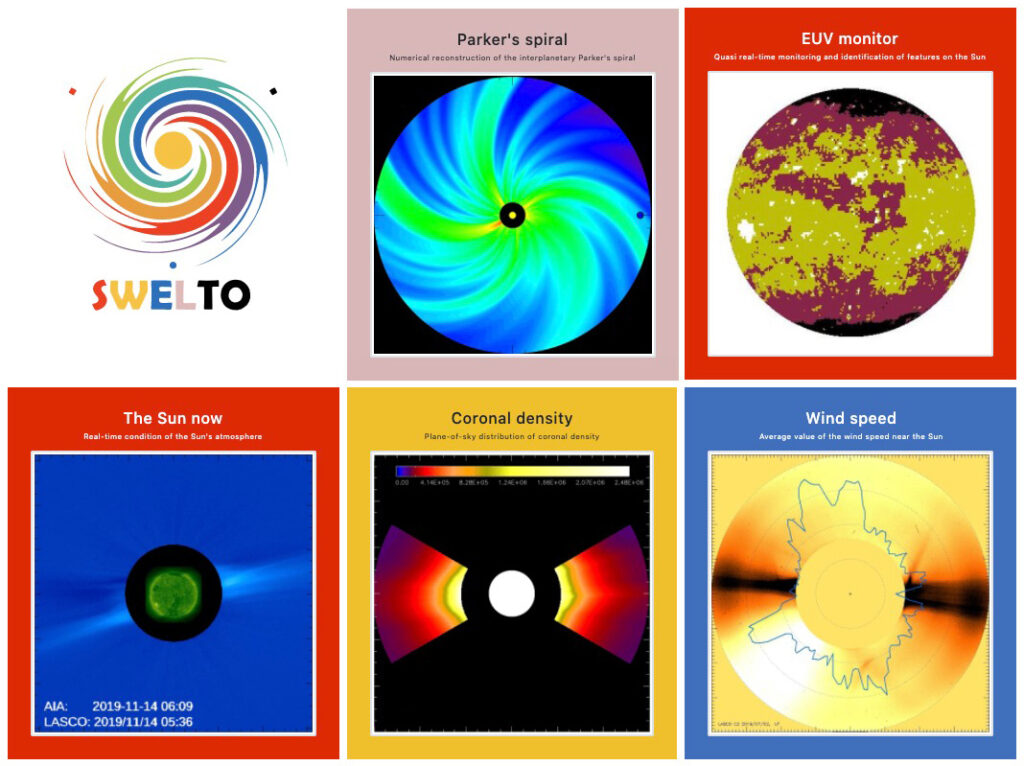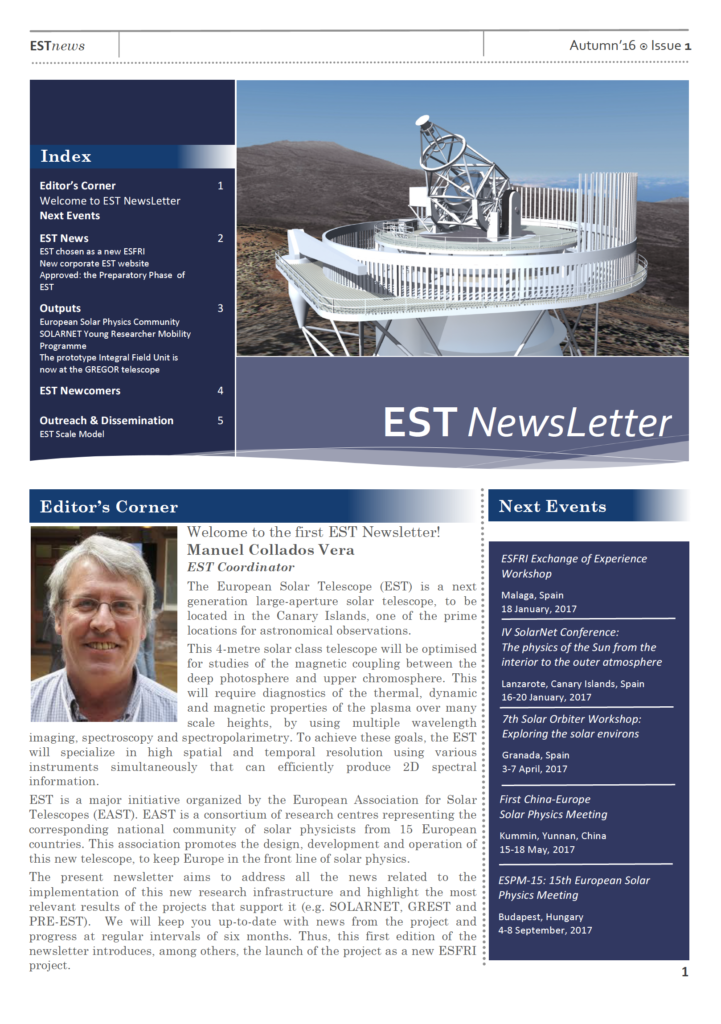The active sun and its effects on space and Earth climate
The large variability of the physical conditions of the Sun, on a wide range of spatial and temporal scales, represents the primary source which determines global and local changes inside the heliosphere and, what is perhaps more interesting, in the near Earth space. However, due to the extreme complexity of the system, nonlinear interactions among different parts of the Sun-Earth system play a key role, thus enormously increasing the range of physical processes involved. In fact, fluctuations in the magnetic field within the solar atmosphere act as complex modulation of plasma conditions in the interplanetary space, provoking sudden enhancements of the fluxes of solar energetic particles (SEP) and cosmic rays, as well as the UV component of the solar spectrum and the phenomenon of sudden coronal mass ejections (CME). These events are associated on Earth with the origin of magnetic storms, which have important effects on our technological society, and possibly on global changes in the climate conditions through complex interactions with the Earth’s atmosphere. The investigation of the physical processes which mainly affect solar and interplanetary space conditions, and the observation and the understanding of the processes of interaction of the solar wind with the Earth’s magnetosphere and their observations are crucial to be able to predict and mitigate those phenomena that affect space and ground infrastructures or impair the human health. For this reason, agencies and international panels include among their activities the study of Space Weather, like for instance the ESA with the Space Situational Awareness program, or contribute to a better understanding of the effect of the solar radiation on the Earth’s climate and its variations, like is done by the Inter-Governamental Panel on Climate Change. In fact an interdisciplinary approach and scientific joint ventures, involving expertise in a wide range of different fields, are urgent to face problems related to different areas of solar heliospheric and magnetospheric physics.
Our project, in fully compliance with the primary objectives of Horizon 2020, will address some of the main issues concerning the nature of the variability of solar activity, including the effects on Space Weather and Earth’s climate through the analysis of data obtained from ground-based and space observatories, through the construction of theoretical models, and through direct numerical simulations of the basic physical processes. The project will also allow to pursue the training of young researchers whose career would be developed both in the main European industries on space technologies, as well as in scientific institutions. Finally the project will support a significant part of the community involved both in space projects, such as Solar Orbiter, Solar Probe or Proba-3 and ground-based projects, such as the European Solar Telescope and the EMMA magnetometer array.
Collaboration: University of Calabria, University of Catania, University of L’Aquila, University of Florence, University of Roma “Tor Vergata”, National Institute of Astrophysics.



 We are pleased to inform you that the first issue of ESTnews is out!
We are pleased to inform you that the first issue of ESTnews is out!